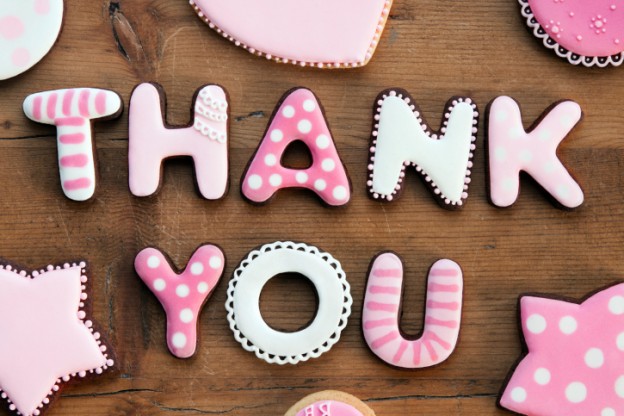
Parenting
How to Help Children With Special Needs Show Gratitude for Gifts
This time of year, we ask a lot of our kids: to keep calm, respect space, modulate and control their responses to lights, music, and gift anticipation, to keep secrets, try different foods and to use a more formal behavior than usual. On top of all that, we ask them to be thankful for what they receive, since gratitude is a big part of the holiday celebration. No matter what special need a child has, when they say or sign thank you with a smile, we feel happy about giving. Children often have no filters, and need practice to say “thank you” when it is time for gift exchanges. Here are some tips on helping children with special needs show gratitude for gifts they have received.Practice makes perfect
Wrap up some objects you know that your child would like, wouldn’t like, and some that are just silly, since they need to practice receiving gifts they do not expect or don’t want. Ask your child to:- Look the giver in the eyes and smile.
- Look at the package before tearing it open to acknowledge special wrapping
- Open the present, and then say “thank you” with a smile
- Call the recipient’s name and wait for them to look
- Gently pass the present while smiling
- Say “you’re welcome” when thanked
Put feelings first
Write a comic strip conversation to express thoughts and feelings. First draw a picture of a gift giver, like a grandmother shopping for a gift to give her granddaughter. You don’t need to be a great artist. Use stick figures and facial expressions with thought and word balloons to show how grandma looks for the perfect gift and how hopeful she is that granddaughter will like it. Next, show granddaughter opening the gift. She may have thought balloons herself, but the next picture should be the granddaughter saying “thank you” with a smile. The last picture could be grandma smiling broadly and hugging her granddaughter. Emphasize that there are some things your child may think in their thought bubble, but should never say out loud. These thoughts are impolite, and would hurt the feelings of the person who gave the gift. They include:- I don’t like this.
- I didn’t ask for this.
- I already have one.
- I hate this.
- I don’t want this.
- This is for babies.
- You got the wrong kind/color/size.
- Where is the good stuff?
- Why did you give this to me?
- I would rather have what she/he has!
- I hope you have the receipt.



